Global climate change refers to weather changes across the entire Earth.
These include warming temperatures and changes in rainfall. Climate change has many significant impacts.

Plants and animals
Climate change is affecting plants and animals. For instance, the increase in temperature is causing some animals to change their behaviour, such as birds migrating earlier in the spring.
Additionally, climate change is causing many plants to flower earlier in the year or change the timing of their growth cycle, which can impact the availability of food for animals.
Another example is the melting of Arctic Sea ice, causing polar bears to lose their habitat and struggle to find enough food to survive.
These are just a few examples: climate change is affecting plants and animals in many ways.

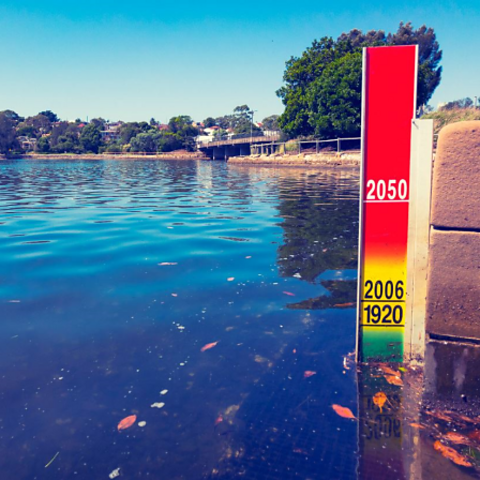
Rising sea level
Sea levels are rising due to global warming. Firstly, glaciers and ice sheets worldwide are melting and adding water to the ocean.
Secondly, the volume of the ocean is increasing as the water warms.
When the sea levels rise, flooding happens more frequently.
Seawater flooding can ruin crops with salt water in farming areas beside the coast.
The seawater may also get into underground stores of fresh water and spoil the supplies.
A rising sea level in towns beside the sea will cause more flooding and damage to houses, gardens, shops and other buildings and businesses.

Change in weather
Climate change happens when the Earth's temperature gets hotter because of pollution caused by people.
This makes the weather change too. x
Sometimes it gets too hot, sometimes it rains too much, and sometimes it's too cold.

Food
Climate change can affect food supplies in many ways. When the weather gets too hot or too dry, crops such as fruits and vegetables can't grow well.
This means there won't be as much food to eat, and buying food might become more expensive.
Sometimes, there can be too much rain or flooding, which can also damage crops and make it harder for farmers to grow food.
Animals that people eat can also be affected by climate change because they need certain temperatures and environments to survive.
If the Earth keeps getting hotter because of climate change, growing enough food for everyone could become even harder.

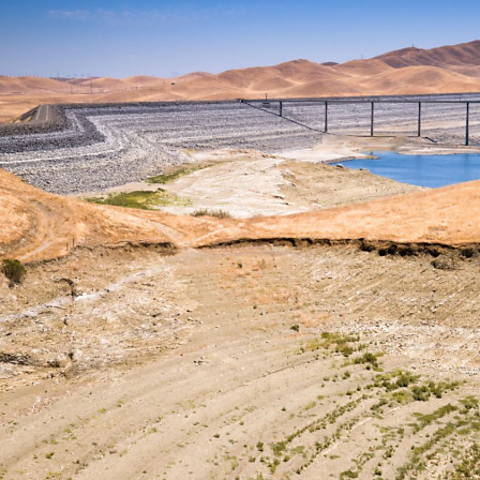
Water supply
Climate change affects water supply in a few ways.
When it gets hotter, there can be more evaporation, which means that water in lakes, rivers, and oceans can disappear.
This can lead to droughts, which means there won't be enough water for people to use for drinking, washing, and farming.
On the other hand, if there is too much rain, there can be floods and too much water, which can also affect water supplies.
Climate change can also affect water quality, making it harder to clean and use.

More on The Earth
Find out more by working through a topic
- count3 of 8
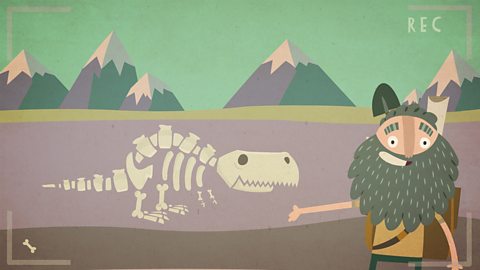
- count4 of 8
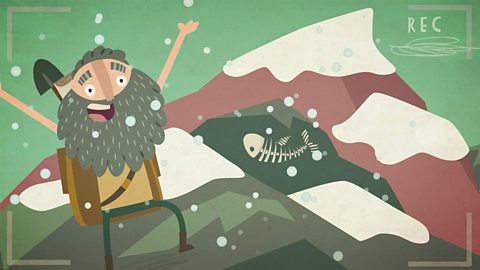
- count5 of 8
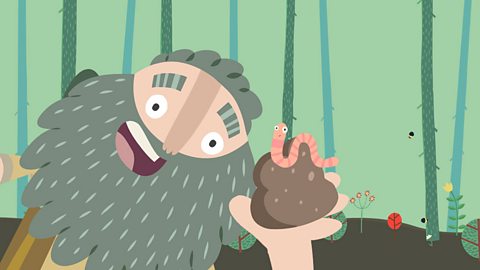
- count6 of 8
